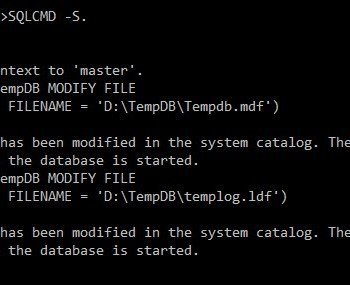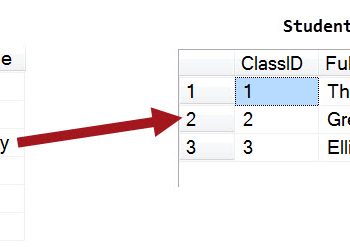During Comprehensive Database Performance Health Check, I have recently a very interesting experience with an Azure. In this blog post, we will discuss which disks are preferred for performance – Standard Disks or Premium Disks. Well, honestly my answer here is very simple Premium Disks. If you stop reading this blog post over here, I am totally fine as well.

I have seen quite a lots of customers struggling with their SQL Server performance once they move to Azure Platform. The reasons for the slowness is often from not enough computing power or slower disk.
The common misconception about moving to the cloud is everybody is thinking that they are going to get the most powerful processor with fastest possible RAM and lightning fast disk. Once they reach the capacity of the disk or processing they can easily scale by getting more resources. Actually, the reality is that when you get lower tier of the server, the features you get are lesser but along with that your hardware and processing power is also not enough.
IOPS is one the most important metrics when one has to select the optimal disk for their business application. IOPS is a number of requests that your application is sending to the storage disks in one second. An input/output operation could be read or write, sequential or random.
Now let us compare the IOPS of standard disks and premium disks. Standard Disks IOPS for VM Tier is between 300 to 500 IOPS per disk. In the premium storage disk, once you cross P10 configurations, the IOPS/disk is over 500 and when you reach P50 the IOPS/disk is 7500. Please note that the price of P50 is extremely high.
In the simple words – If you truly want top-notch performance you must upgrade your system to the expensive premium tier.
Reference: Pinal Dave (https://darkslategrey-bat-805937.hostingersite.com)





